Syn.: Helianthus subrhomboideus Rydb., Helianthus pauciflorus var. subrhomboideus (Rydb.) Cronquist, Helianthus rigidus subsp. laetiflorus (Rydb.) Heiser, Helianthus rigidus var. subrhomboideus (Rydb.) Cronquist, Helianthus rigidus subsp. subrhomboideus (Rydb.) Heiser
Family: Asteraceae Bercht. et J. Presl
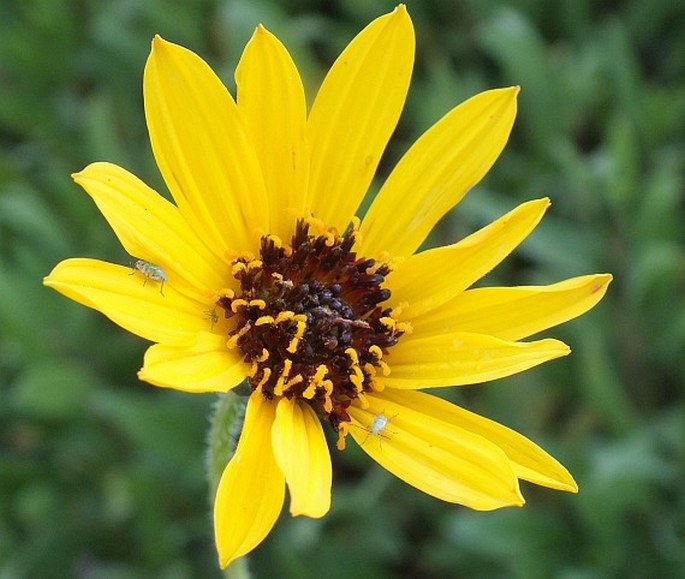
Distribution: North American subspecies found from Yukon and across all Canadian provinces and through centre of US, absent in the western states and south east states. Naturalized in many countries of Europe and reported “adventive” in Austria, Czechia, Slovakia and Spain.
Ecology: Prairies, dry, open places, roadsides, from 400–2400 m of elevation. Blooms from July to September.

Description: Perennial herb, 30–120 cm tall. Stem erect, scabro-hispid, lower part reddish, upper part green, from branched rootstock. Leaves opposite, petiolate, oval to lance-shaped or diamond or rhombic-shaped, 5–12 cm long, 2–6 cm wide, prominently veined, surface rough, sandpapery, margins smooth to toothed, apices acute or obtuse. Flower heads 1–5, 2–7 cm across; phyllaries 25–35, ovate, 6–10 mm long, ray florets 10–20, laminae 20–35 mm long, yellow, disc florets reddish brown to purplish, with yellow anthers. Fruits are achenes, sunflower-like, with 2 pointed pappi.
Note: The nominate subspecies Helianthus pauciflorus subsp. pauciflorus has leaves usually alternate distally, blades oblong-lanceolate to lance-ovate, 8–27 cm long, apices acuminate.
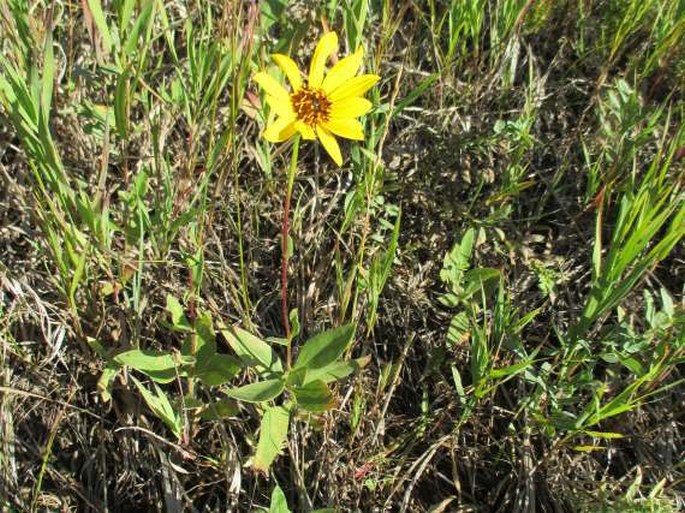
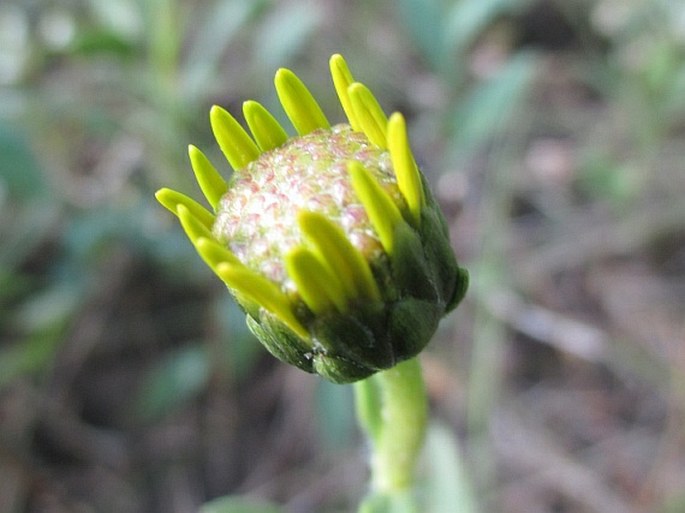
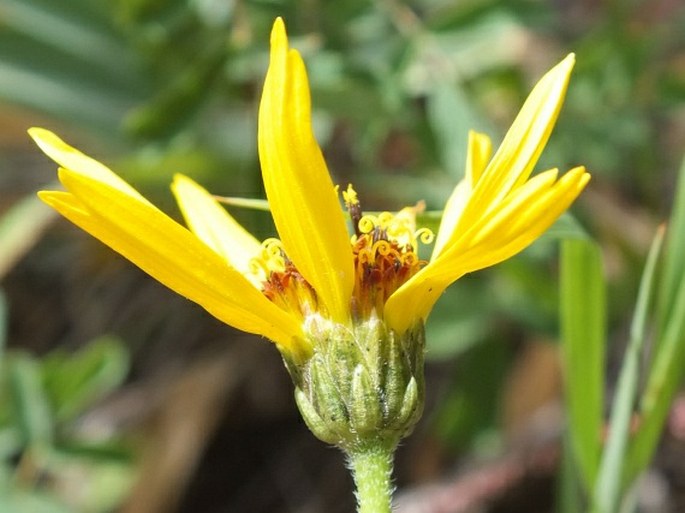
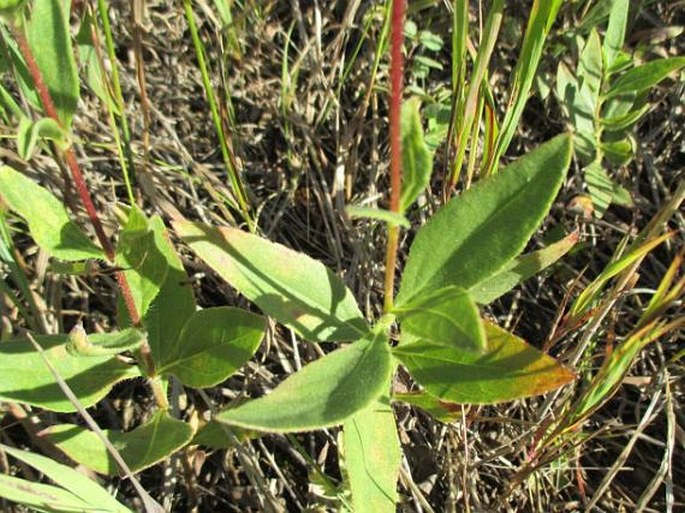
These images were taken in Canada, Alberta, Calgary, Nose Hill Park (August 8, 2015).


